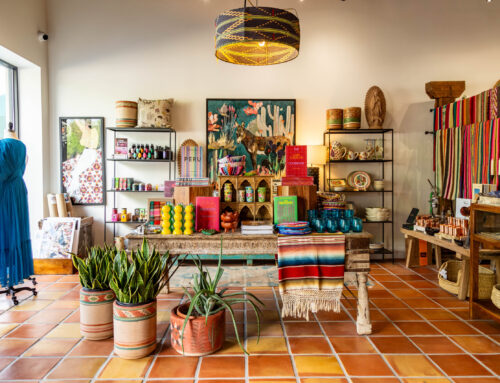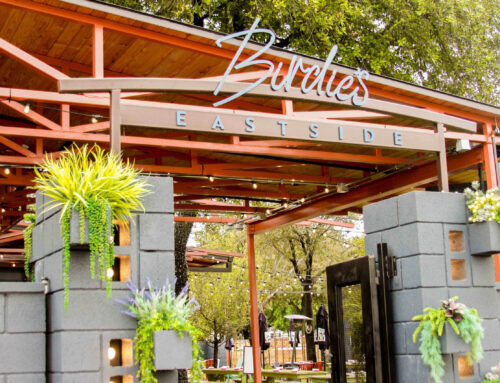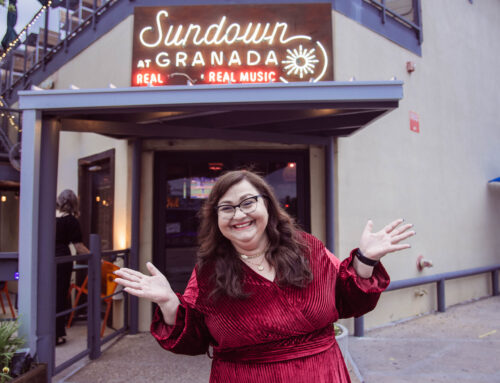Is Lakewood a $1 million neighborhood? Will that new home being constructed or big remodel across the street really bust through to seven figures?
That air isn’t as rarefied as it used to be. Sixty homes in East Dallas zip codes 75206, 75214 and 75218 sold for $1 million or more over the last 12 months, according to an assessment by the Briggs Freeman marketing department. That’s four times the number of million-dollar homes sold in 2006 and in 2011, before and after the Great Recession.
What’s driving this increase over the magic million-dollar number? An economist might say low interest rates, strong demand and higher construction costs. That’s a plausible explanation that can be well defended. The local real estate experts we talked to have some other theories that hit a bit closer to home.
• Starting from the ground up (quite literally), a big driver has been the cost of dirt. A lot in Lakewood Heights, often with a 1930s two-bedroom, one-bathroom home on it, can’t be had for less than $400,000 — if you can find one at all. In Forest Hills, the lot values are a mind-bending $600,000 and up. With those numbers as a starting point, it doesn’t take long for a newly constructed home to reach $1 million. But the relationship between lot value and total home value hasn’t been proportionally the same over time. The previous rule of thumb for many Realtors and builders was that land would be 25 to 30 percent of the total home cost. That ratio is now around 40 percent.
• Don’t assume that newcomers are Barnett Shale millionaires or dot-com executives with stock options. Although it’s not dominant, there is a health care bent in the buyer profile for the Realtors who work and play in the $1 million sandboxes. The last three buyers of million-dollar homes in Lakewood for Lauren Valek Farris of Briggs Freeman Sotheby’s International Realty were: 1) a doctor who has a practice associated with Baylor; 2) a telecom executive relocating from Fort Worth; and 3) a healthcare administrator relocating from North Carolina. Scott Jackson of Dave Perry-Miller Real Estate has seen physicians from Baylor, Southwestern, Parkland and even Veterans Administration doctors as clients buying big-ticket homes in East Dallas. Jackson points out that to shield personal wealth from possible litigation, doctors will place a disproportionate amount of wealth in their homestead. This leads to more doctors buying million-dollar homes compared to other professions. On top of that, lenders see physicians as really good borrowers. Jackson notes that one well-known local lender will originate a mortgage on a $1 million home with no down payment required to an established physician. Doctors have choices in home purchases that others don’t — put a big bushel of dough in your home to have a substantial homestead or put no money down at all.
• These buyers aren’t from Toyota or Liberty Mutual or State Farm or Fed Ex. The senior executives from the big corporate relocations that make headlines and populate Legacy or CityLine aren’t moving to East Dallas. Valek Farris notes that Briggs Freeman is a preferred relocation firm for Toyota and is unaware of any Toyota executive relocating to Lakewood from California. East Dallas to Legacy is a tough commute, even for somebody who has suffered driving the 405 in Los Angeles to work for years. Jackson says his business is about evenly split between current Lakewood residents trading up and relocations from other parts of the country.
• A trend toward contemporary architecture contributes to escalating home values. Both Valek Farris and Jackson say the rise in contemporary architecture will make a home, all other things equal, more expensive to build. Ryan Williams of W2 Studios notes that materials for this type of home are generally more costly. There is expensive plate glass in lieu of traditional walls. Flat roofs on contemporary homes cost more than sloped shingled roofs on traditional homes. A museum-like finish on interior walls replaces paint and sheetrock. Contemporary architecture can’t easily hide design or construction flaws and takes a higher skilled worker to get it right the first time. It all adds up to a higher-priced home.
10 priciest pads on the Lakewood market
$17,500,000
4009 W. Lawther
5 beds, 5.3 baths
10,511 square feet
$6,995,000
4636 Chapel Hill
5 beds, 6.3 baths
13,555 square feet
$4,250,000
4535 W. Lawther
5 beds, 6.3 baths
13,555 square feet
$2,299,000
6858 Tokalon Drive
6 beds, 5.1 baths
6,872 square feet
$2,149,000
6610 Nonesuch
5 beds, 5 baths
5,466 square feet
$2,095,000
7238 Lakewood
5 beds, 5.2 baths
5,671 square feet
$1,995,000
6935 Tokalon
5 beds, 6.3 baths
13,555 square feet
$1,950,000
6640 Avalon
4 beds, 3.1 baths
5,130 square feet
$1,950,000
6855 Lakewood
5 beds, 4.2 baths
6,253 square feet
$1,900,000
1409 San Rafael
4 beds, 5.1 baths
5,216 square feet
MLS Listings sourced by Ebby Halliday Realtors on June 13, 2016.
• So are we in a bubble or is this the new normal? Mary Poss of Ebby Halliday Realtors thinks this market has more runway because “our housing values have been lower than other parts of the country, and Dallas is playing catch-up. I don’t see it slowing down for quite a while.” Jackson thinks there has been “a reset.” A starter house in Lakewood now costs $400,000. One trade-up is now a $1 million home. Valek Farris doesn’t see the market going backward.
Veterans of multiple real estate cycles will say that when the market is in the ditch you think you’ll never crawl out, and when the market is booming, you think the trees will grow to the sky. In either case, beware the prophet who says, “It’s different this time.”
The map below shows all of the $1 million plus homes that have been scooped up off the market in the past year (actually purchase price is not known, this data is from the listing price).
[SLPLUS]




